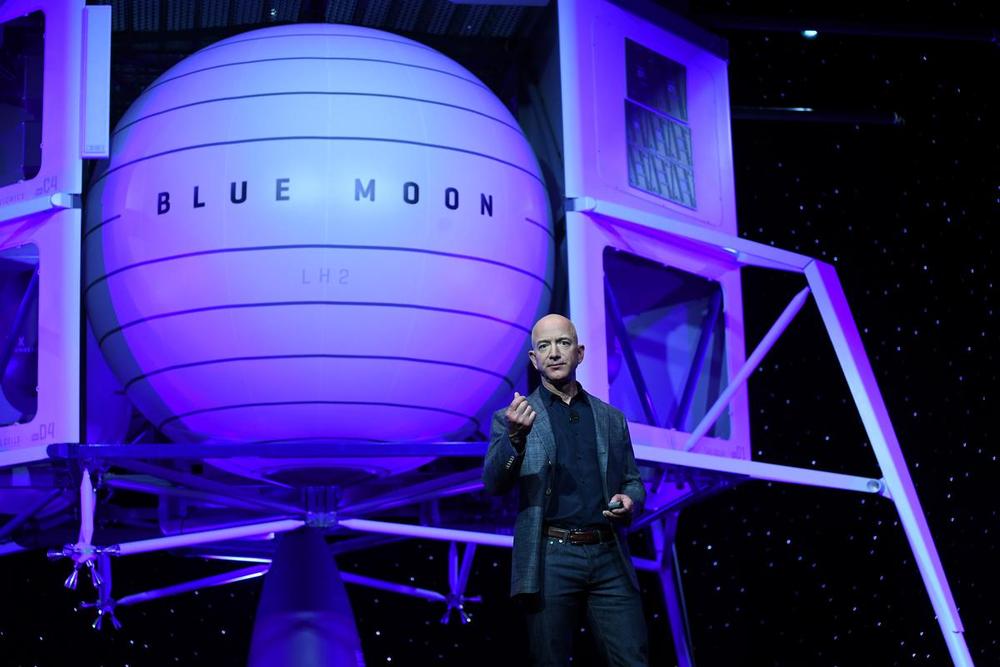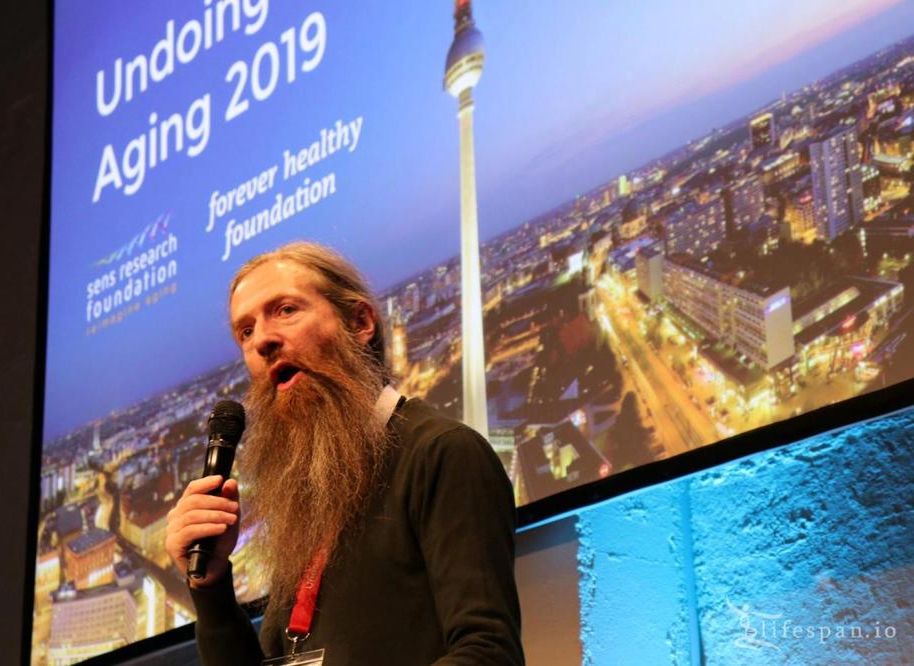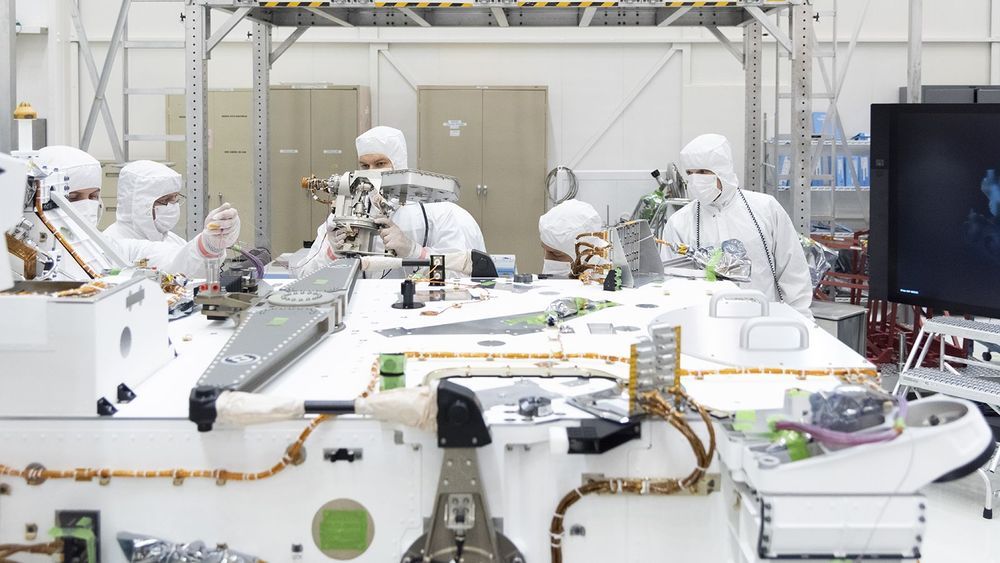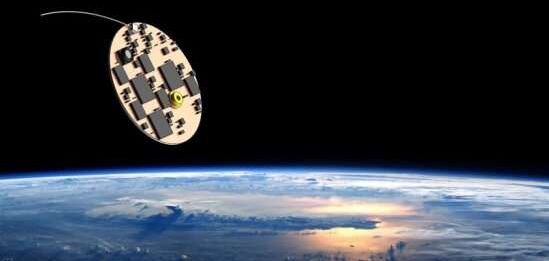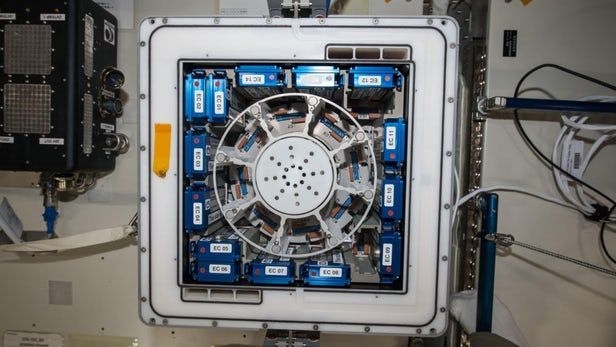At mysterious invite-only event in Washington D.C. and suggests his firm will hit VP Pence’s 2024 deadline for putting humans back on the surface…
On stage, Bezos took the wraps off a massive model of what will be the firm’s first lunar lander, dubbed Blue Moon. The event kicked off at 4 p.m. in Washington D.C, and was not live streamed.

